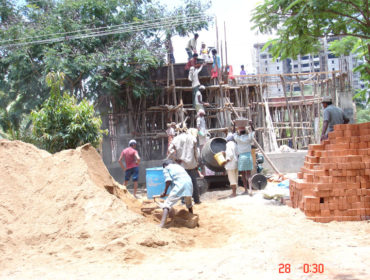Steel Reinforcement Works
Steel Reinforcement Works
The objective of this method statement is to carry out Steel reinforcement works for all footing mats, columns, roof slab, beams, staircase, lift well, retaining wall etc. meeting the technical Specification and complying with IS Standards.
The scope of this method statement includes material inspection, cutting, bending and tying in position at project site while executing it in accordance with Technical specifications.
“Good for Construction” structural reinforcement drawing
Binding wire, Bar bending hooks, Twisters and tongs, Long handle steel cutters, Levers of varying size, Marking stick and chalk, Chipping tools, Hammer, Screw gauge, Plumb bob, Measuring tape, Bending & Cutting machine, Cutting blades.
Stacking of Steel – steel yard :
- After arriving steel truck to the project site, Steel weighment should be physically checked and confirmed from the store in-charge by taking it to the nearest weighbridge.
- Always stack Steel reinforcement over a raised platform with 300 mm clearance from ground by solid blocks and its gaps to be filled with cement mortar or M Sand.
- it is highly recommended that use of straight steel bars for construction instead of routine bended bars to minimize wastage of steel and straightening time and labour.
- Importance to be given for diameter wise, grade wise and consignment wise while stacking of steel in steel yard.
- Separate steel scrap yard also to be built, and steel to be stored in a) less than 1 m length and b) 1 m to 2 m lengths. Items of b) can be used for cut lintels and chajjas steel reinforcement work.
MTC, Binding wire :
- Each and every load of steel delivered to the project site should fulfill both physical properties of steel and chemical properties of steel as per Manufacturing Testing Certificate (MTC).
- Usage of Binding wire for all activities shall be 16 gauge soft annealed iron wire or 18 gauge GI annealed wire as per BOQ.
- Order for steel whenever if required, but keep in mind the reinforcement steel price also in limited quantity only, not unnecessary stock huge quantity of steel, months together which results in corrosion and strength may get reduced.
Physical and Chemical Tests of Steel :
- For better results and cross checking with MTC, Steel reinforcement is tested for its Physical and chemical properties.
- Physical tests to be carried out for the characteristics of steel for Bend and Re-bend test, elongation test, Yield strength and the Ultimate tensile strength.
- Chemical tests are useful for the characteristics of Carbon, Sulphur and Phosphorous content.
Cutting:
i) Before starting slab reinforcement cutting, ensure that the given measurements are as per Bar-bending schedule (BBS)
ii) stock separate steel for one way slab reinforcement and two way slab reinforcement so that accurate cutting is possible within allowable wastage limit.
iii) In one way slab, the slabs are always supported by the beams on the two opposite sides. In two way slab, the slabs are always supported on all four sides.
iv) In one way slab, the ratio of Longer span to shorter span is equal or greater than 2. (i.e l/b ≥ 2)
Laying and fixing steel in position:
- Ensure before start laying steel over slab, beams and staircase, the surface of shuttering is totally cleaned, oiled and levels also checked with leveling instrument.
- Remember the tolerance for cutting of reinforcement = +75 mm or – 25 mm Bending Tolerance = +0 mm or –10 mm and Bar spacing = ± 10 mm
- Care should be taken while bending steel on concrete which already casted, so as not to disturb and damage the concrete around the bars.
- Laps : All lap lengths should be 50 d unless specified by the consultant. In any column section, Laps should not be given at one place or position, but to be staggered and limited to 33% of bars or 1/3 of number of rods present in a particular section.
- High skill is required for Mechanical splices for Rebars with precise thread length with strong material sections and also for welding of rods. This rebar rods should be carried out strictly as per structural engineer instructions.
- Ensure before starting concrete, steel reinforcement should be free from earth mud, oil, grease,dead mortar scales or any other foreign matter.
Cover blocks:
- Cover blocks to be prepared in CM 1:2 and kept in water tank for minimum 7 days curing.
- The very purpose of giving Cover blocks to steel reinforcement is to protect steel rods against weather conditions.
- Normally cover blocks of 15 mm thick for slab, 25 mm thick for beam and 40 mm thick for footing is to be provided otherwise specified. Or follow as per structural design requirements.
End bearings and Anchorage length :
- It is very important to check end bearing of rods with required anchorage length or development length for all beam rods, slab rods and staircase rods.
- After confirming sufficient bearings of steel is available for beams, then only beams should be lowered at their positions. Otherwise, it is very difficult to replace bottom rods, if insufficient end bearings are given in beam sections due to its working space constraint.
Making and Placing of Chairs :
- It is highly advisable for making of Chairs in 12 mm steel bars or at least in 10 mm steel bars and should be placed minutes before concreting, in order to avoid distortion of top rod due to men and material over roof.
- Care should be taken, for running concrete pipe line over steel reinforcement, to see that no damage is done for chairs.
- Dowels : Check for all cut out positions, openings, dowels with sufficient length for beams, slab, columns and staircase are provided as per the drawing.
Quality Inspection :
- After inspection, checking and certification from the structural consultant, then only roof concrete has to be done.
- This should be followed for each and every slab In order to provide space for steel reinforcement congestion in beams, particularly for second and third layer rods, use appropriate pin rods or spacer bars for separation then it is possible for smooth flow of concrete in and around bars.
- It is the duty of QA Engineer to reconfirm with structural engineer/design engineer that, minimum/maximum reinforcement in slab is provided as per drawings.
- After tying work, Binding wire ends should be turned inside and should not be projected out to the surface.
- The placement of chairs in slab, alignment of steel bars – both in top and bottom of roof slab, beam and in columns, stirrups should be neat, correct as per drawing and specification.
- An experienced engineer having theoretical and practical knowledge in reinforcement works is very much essential to supervise works.
- Safety compliance required for the activity: To be enforce at site
- Stainless steel rebar for concrete is highly recommended in coastal areas, where,normal carbon steel rebar is likely reducing its life by corrosion effects.
Connect with us to avail a complete construction services
CONTACT US
15/4, gurunath 2 A cross Hanumagirinagar, Chikkallasandra Main Road Subramanyapura,
Bengaluru – 560061
info@myhomemydesign.in
Our Happy Clients
Client Testimonials


LLP, Ex-President- RMC Readymix (India)


MBBS and Chairman at PRANA MEDICAL CENTER, SPECIALIST CENTER FOR DIABETES, ENDOCRINE,
OBESITY. – Kodambakkam – Chennai- 600024
Always Dedicated & Devoted
Latest Projects
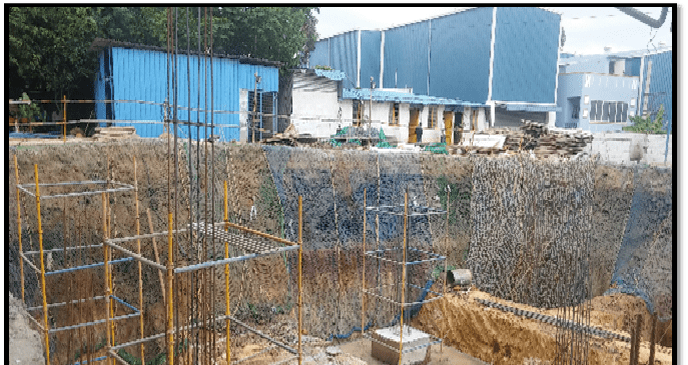
Excavation for basement and footing
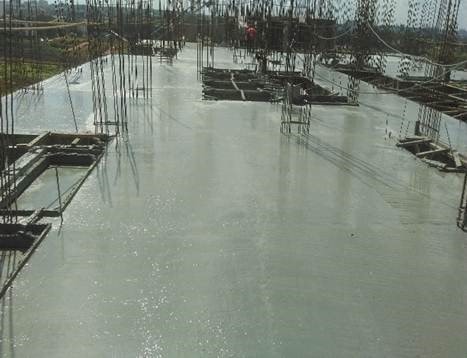
Compaction of Concrete

Building ByeLaws for Residential Buildings – All You Wanted to Know
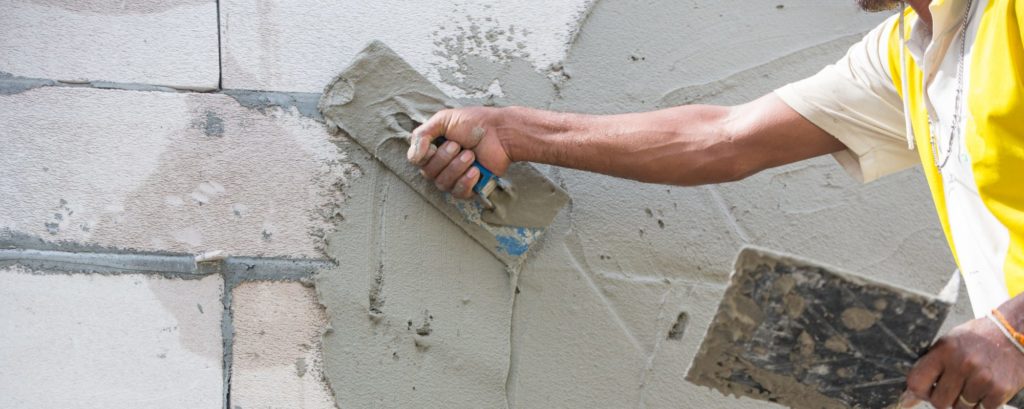
How to Plaster Your House? Guide for Home Plastering
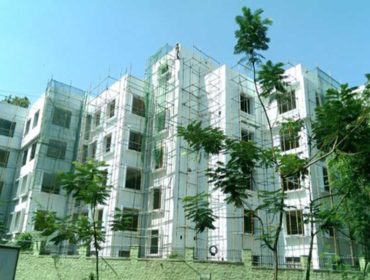
EXTERIOR PAINTS – PAINTING WORKS
